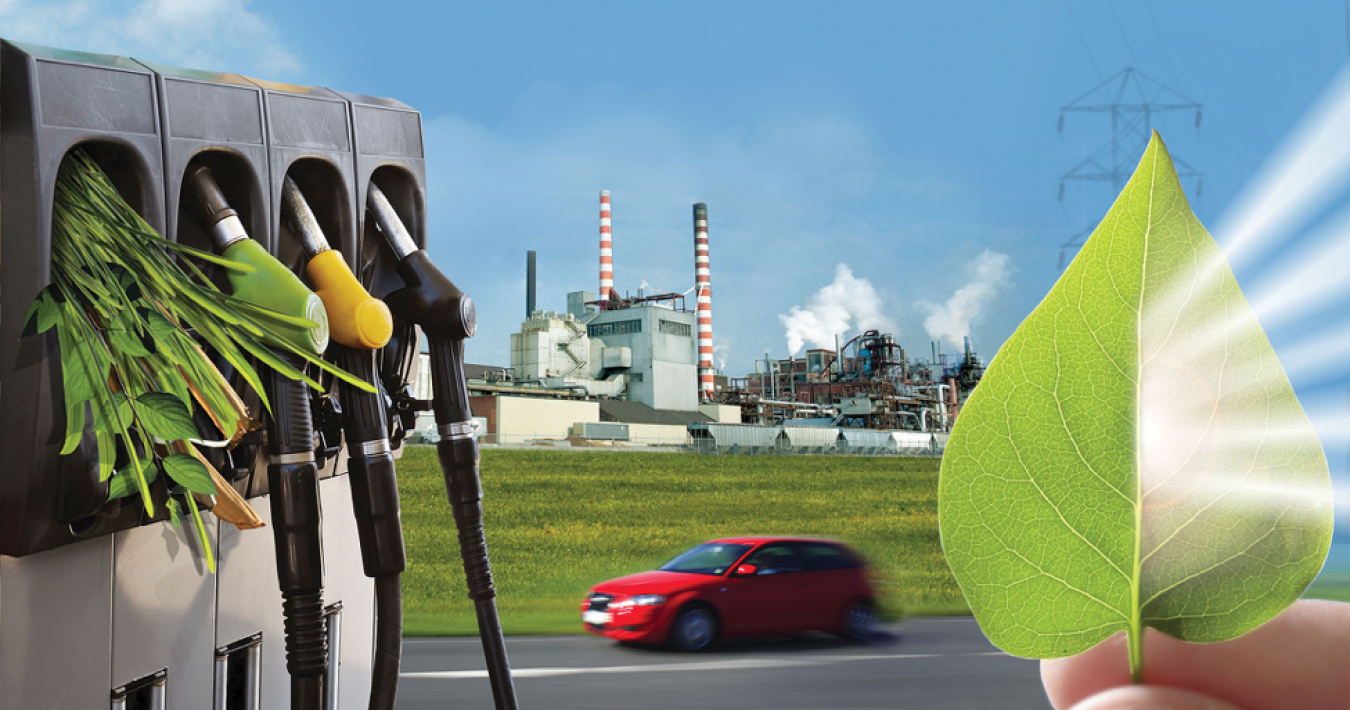Agroforestry And Agroecology Synergies For Sustainable Land Use
Agroforestry is an agricultural practice that involves incorporating trees and shrubs into farming systems. It offers numerous ecological and economic benefits to farmers and the environment. By planting trees alongside crops and livestock, agroforestry helps to enhance biodiversity, improve soil quality, increase carbon sequestration, and provide additional sources of income. In this article, we will explore the various advantages of agroforestry and discuss how it can contribute to sustainable agriculture.
One of the significant advantages of agroforestry is its capability to promote ecological balance. By incorporating trees into agricultural landscapes, farmers can create habitats for beneficial insects, birds, and other wildlife. These animals help in natural pest control and pollination, reducing the need for chemical pesticides. Additionally, the roots of trees and shrubs help to stabilize the soil, preventing erosion and maintaining its fertility.
Agroforestry also plays a crucial role in mitigating climate change. Trees are excellent carbon sinks, absorbing carbon dioxide from the atmosphere and storing it in their biomass. By integrating trees into farming systems, agroforestry helps to sequester carbon, thus reducing greenhouse gas emissions. Moreover, the shade provided by trees can help to regulate temperature, reducing the impact of heatwaves and creating a more favorable microclimate for crops.
Another significant benefit of agroforestry is its potential to enhance agricultural productivity. The presence of trees can provide shade to crops, protecting them from excessive sunlight and preventing moisture loss. This is particularly beneficial in arid and semi-arid regions where water scarcity and high temperatures pose challenges to crop growth. Furthermore, the leaves and organic matter from trees contribute to soil fertility by enriching it with nutrients. This leads to increased yields and improved crop quality.
Agroforestry also offers economic advantages to farmers. By diversifying their farming systems with trees and shrubs, farmers can tap into additional income streams. They can harvest fruits, nuts, and timber from the trees, which can be sold in local markets or used for personal consumption. Furthermore, agroforestry can provide employment opportunities, as the management and maintenance of trees require labor. This can contribute to rural development and poverty alleviation.
What is clear is that agroforestry has the potential to transform agriculture into a more sustainable and resilient system. By integrating trees into farmland, farmers can not only increase productivity but also enhance ecosystem services. Agroforestry can improve water availability, reduce soil erosion, provide habitat for beneficial organisms, and mitigate climate change. It offers a holistic approach to farming that considers both environmental and economic aspects.
Ideas for implementing agroforestry can vary depending on the local context and the specific goals of farmers. One approach is to establish windbreaks or shelterbelts using trees and shrubs. These barriers can protect crops from strong winds and minimize the loss of topsoil. Another idea is to create living fences or hedgerows, with trees and shrubs serving as natural boundaries around fields. This can provide privacy, control livestock movement, and offer additional yields.
Recommendations for successful agroforestry systems involve careful planning and site selection. It is essential to consider factors such as climate, soil type, and the specific needs of crops and trees. Farmers should choose tree species that are well-adapted to the local conditions and compatible with the desired farming system. Additionally, appropriate spacing between trees and crops should be maintained to avoid competition for resources.
A listicle of benefits associated with agroforestry can be summarized as follows:
- Enhanced biodiversity
- Improved soil quality
- Increased carbon sequestration
- Natural pest control
- Pollination support
- Soil erosion prevention
- Climate regulation
- Water availability improvement
- Diversified income streams
- Rural employment opportunities
Now, let's move on to answering some frequently asked questions about agroforestry:
Question: How long does it take for trees in agroforestry systems to start providing economic benefits?
Answer: The time it takes for trees to start yielding economic benefits can vary depending on the species and the specific objectives of the agroforestry system. Some fast-growing trees may provide timber or fruit within a few years, while others might take a decade or more to reach maturity. It is important for farmers to carefully select tree species based on their desired timeline for economic returns.
Question: Can agroforestry be practiced on a small scale?
Answer: Yes, agroforestry can be adopted on both large and small scales. Even on small plots of land, farmers can integrate trees with their existing crops or livestock. This can be done through techniques such as alley cropping, where rows of trees are planted between rows of annual crops. Agroforestry can be tailored to suit the needs and resources of individual farmers, making it a versatile practice.
In summary, agroforestry offers a wide range of benefits that make it an attractive and sustainable agricultural practice. Through its ability to enhance biodiversity, improve soil quality, increase carbon sequestration, and provide additional income streams, agroforestry represents a holistic approach to farming. By integrating trees into farming systems, farmers can promote ecological balance, mitigate climate change, and enhance food security. It is clear that agroforestry has the potential to transform agriculture for the better.




Post a Comment for "Agroforestry And Agroecology Synergies For Sustainable Land Use"